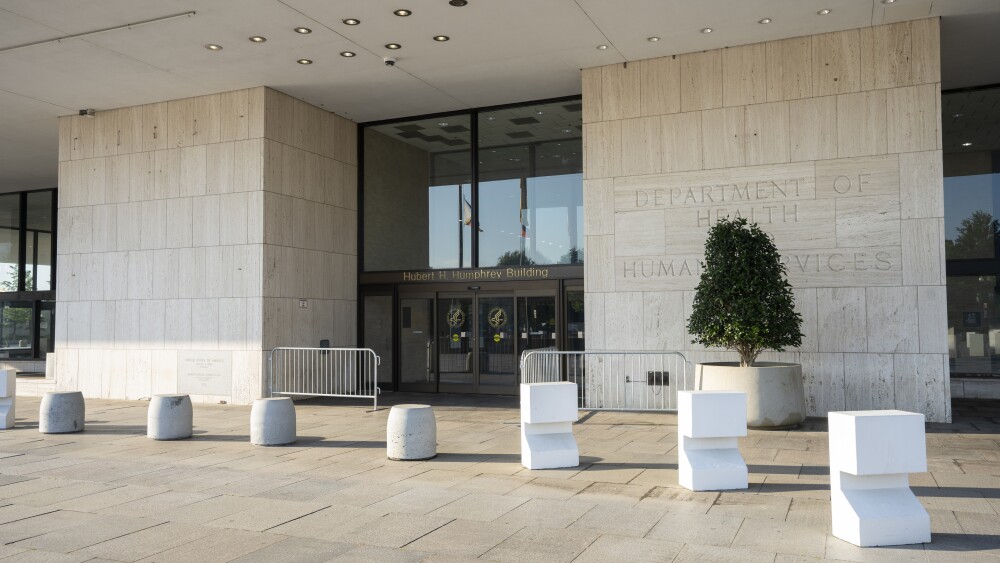The ‘831 patent claims a method of treatment of a a-galactosidase A deficiency disease using “recombinant enzymatically-active a-galactosidase A or enzymatically-active fragment thereof” and in a dependent claim, “wherein the disease is Fabry disease.” The Fabrazyme® package insert describes its indication for use thus: “Fabrazyme® (agalsidase beta) is indicated for use in patients with Fabry disease.”
Fabry disease is a rare genetic lysosomal storage disease, which causes a wide range of systemic symptoms affecting the GI tract, kidneys, heart, and skin. Fabrazyme® is essentially an enzyme replacement therapy for the metabolic enzyme that is defective in Fabry patients.
There will be a one-day bench trial in September to address Genzyme’s inequitable conduct allegations and other equitable defenses. Because those defenses seldom prevail, and assuming the parties don't settle, Genzyme will probably appeal the decision early next year, with a decision from the Federal Circuit in 2014.
Given the breadth of claims and their congruence with the Fabrazyme® label, one imagines that any appeal will focus on attacking the validity of the '831 patent. In its trial brief, among other arguments, Genzyme focused on the fact that the examples of the '831 patent concern production of a-galactosidase A in insect cells, whereas the claims cover any active glycosylated a-galactosidase A. The argument is poignant, since the commercially useful drug is made in mammalian cells, which glycosylate proteins differently than insect cells. Genzyme argues that insect cell-produced drug as described in the patent would not even be an effective treatment. Nor, in Genzyme's view, would an ordinarily skilled artisan at the time have been able to use the patent's teaching to make the drug in mammalian cells without engaging in undue experimentation. In contrast to Genzyme's anticipation and inadequate written description defenses, which are issues of fact to which the court of appeals will give great deference to the jury, this non-enablement defense is an issue of law and may be more susceptible to appellate scrutiny.
Genzyme has not publicly commented about the verdict.




